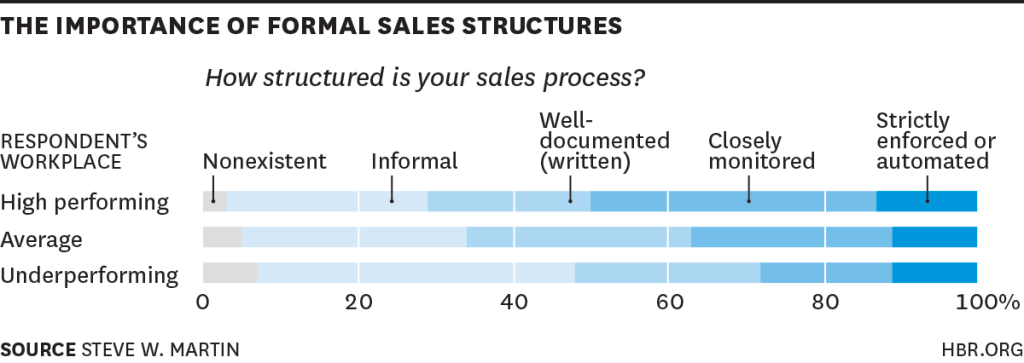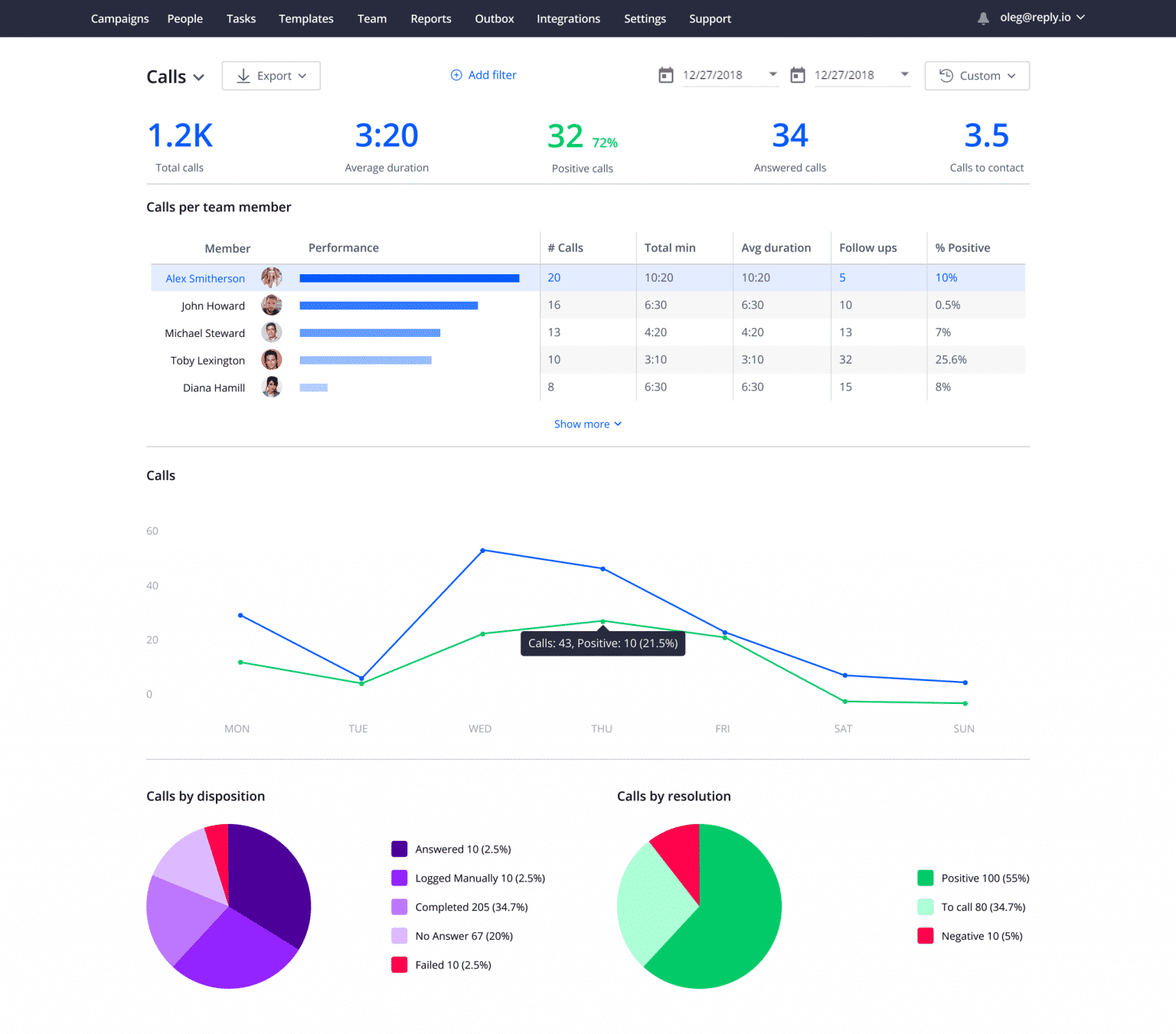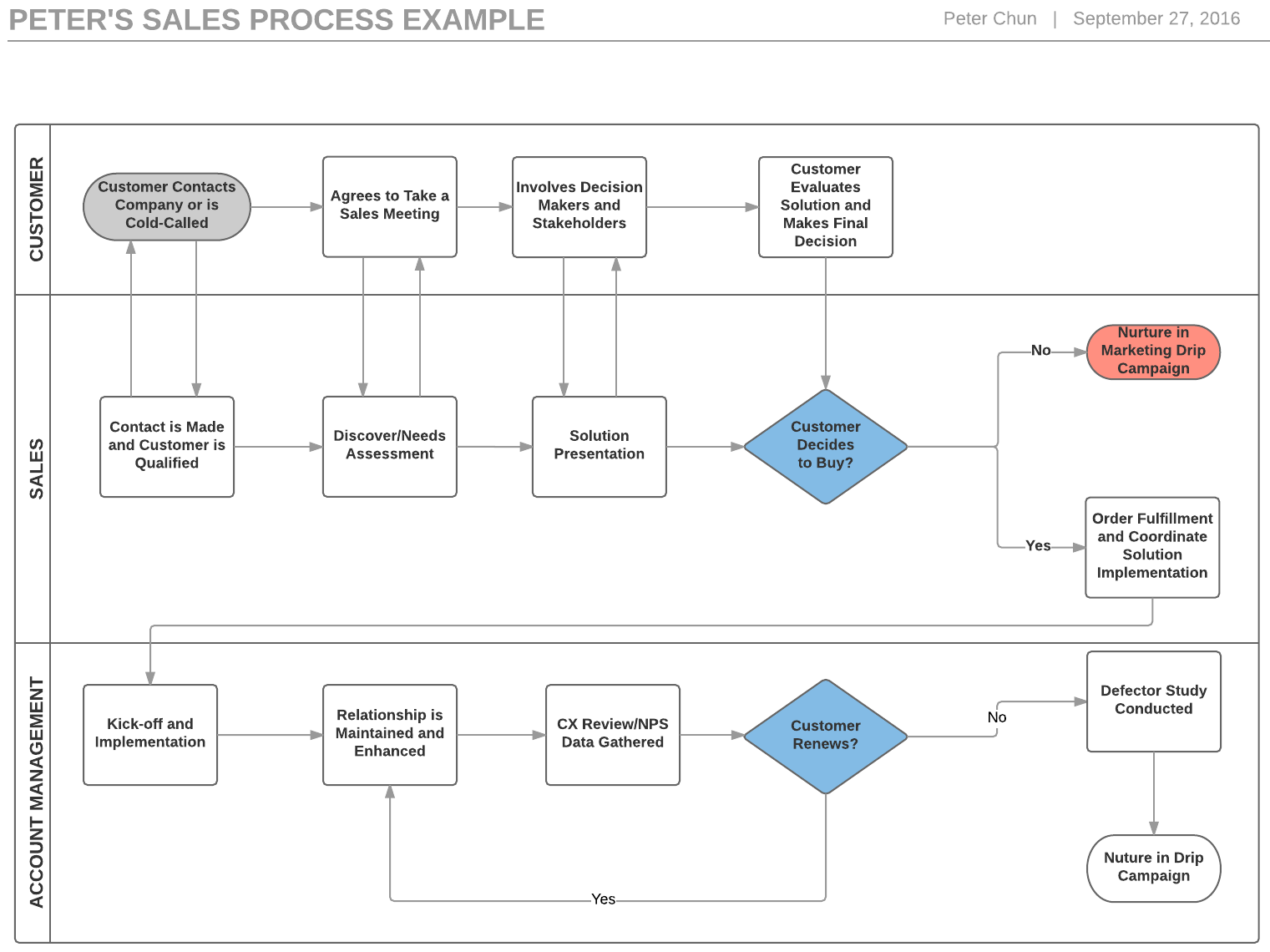It takes a great deal of talent (or at least acquired skills) to be a good salesperson.
It takes a solid strategy to become a great one. Developing effective communication skills, mastering the art of persuasion, and staying up-to-date with industry trends are just a few of the many aspects that contribute to becoming a good salesperson.
The best sales teams don’t rely on their gut feeling to win a deal. They don’t just work tirelessly in hopes to reach their quota – they know exactly how to deliver on the requirements, month after month.
To build a consistent revenue stream, you need to take all the guesswork out of your sales. You need a plan, you need a process – a sales process.
A formal, structured, repeatable sales process is what sets the top-performing organizations apart from the rest. It’s what helps them generate 28% more revenue on average and grow, on average, 15% faster.
Source: HBR
In this post, we’ll talk about the sales process description in general and provide actionable guidance on how to create a sales process and sales process templates from scratch (along with the free proven templates to get you started).
First, let’s figure out what is a sales cycle vs process.
What is a sales process?
There are many ways to define a sales process. Most organizations describe it as a standardized, repeatable set of steps and the corresponding actions a sales team goes through to convert a prospect to a paying customer.
While the sales business process steps usually repeat the buyer’s journey – from the first contact to conversion and repeat purchase – it is a common mistake to confuse the sales process and a sales cycle. Being tightly connected, they still refer to slightly different concepts.
The typical sales cycle is just a set of steps that replicates a buyer’s journey.
The sales process, on the other hand, is a much broader concept that tells you exactly what to do to turn leads into loyal customers, including activities, methods, and tools you should use.
Key sales process documentation
Sales process documents can take various forms, each serving a distinct purpose and audience within an organization. Below are some common types of sales process documentation:
1. Sales processes flowchart or map
These visual documents outline each step of the sales process in a diagrammatic form. They’re useful for providing a quick overview of sales process mapping examples, and sales cycles, showing how each stage leads to the next, and identifying any dependencies or potential bottlenecks.
2. Sales playbooks
A sales playbook is a comprehensive document that details strategies, best practices, scripts, and procedures for salespeople to follow. It often includes sales process examples and information on handling objections, pitch guides, product positioning tips, and competitive analysis. Sales playbooks are designed to equip sales reps with the knowledge and tactics they need to navigate the sales process successfully.
3. Training manuals and guides
These documents focus on the educational aspect of the sales process, providing detailed instructions, background information, and product knowledge to train new sales representatives. These guides and manuals provide valuable insights on how to create a sales process. They often cover company policies, sales techniques, CRM usage, perhaps a sales process diagram, sales cycle example, and other tools essential for sales operations.
4. Standard operating procedures (SOPs)
SOPs for sales are detailed, step-by-step instructions designed to ensure consistency and efficiency in specific sales operations or tasks. They might match the sales process steps to their description and cover sales process models for lead qualification, proposal creation, contract signing, and after-sales service. SOPs help minimize errors and variability in how sales activities are performed.
5. Scripts and sales manual templates
Scripts for phone calls, emails, presentations, and other customer interactions are a form of sales documentation. Templates for outbound sales, proposals, quotes, and follow-up emails also fall under this category. They provide a standardized way to communicate with prospects and customers, ensuring consistency and professionalism.
6. Performance tracking sheets and dashboards
These documents or tools are used to track sales performance against targets, showcasing sales processes examples. They might include spreadsheets, CRM dashboards, or custom reporting tools that monitor sales activities, outcomes, and KPIs. They help sales managers and teams measure progress, identify trends, and make data-driven decisions.
![Beginner’s Guide to Sales Processes [+ Free Sales Processes Flowchart Template] Beginner’s Guide to Sales Processes [+ Free Sales Processes Flowchart Template]](https://reply.io/wp-content/uploads/sales.guide_.v2-1080x567.jpg)








